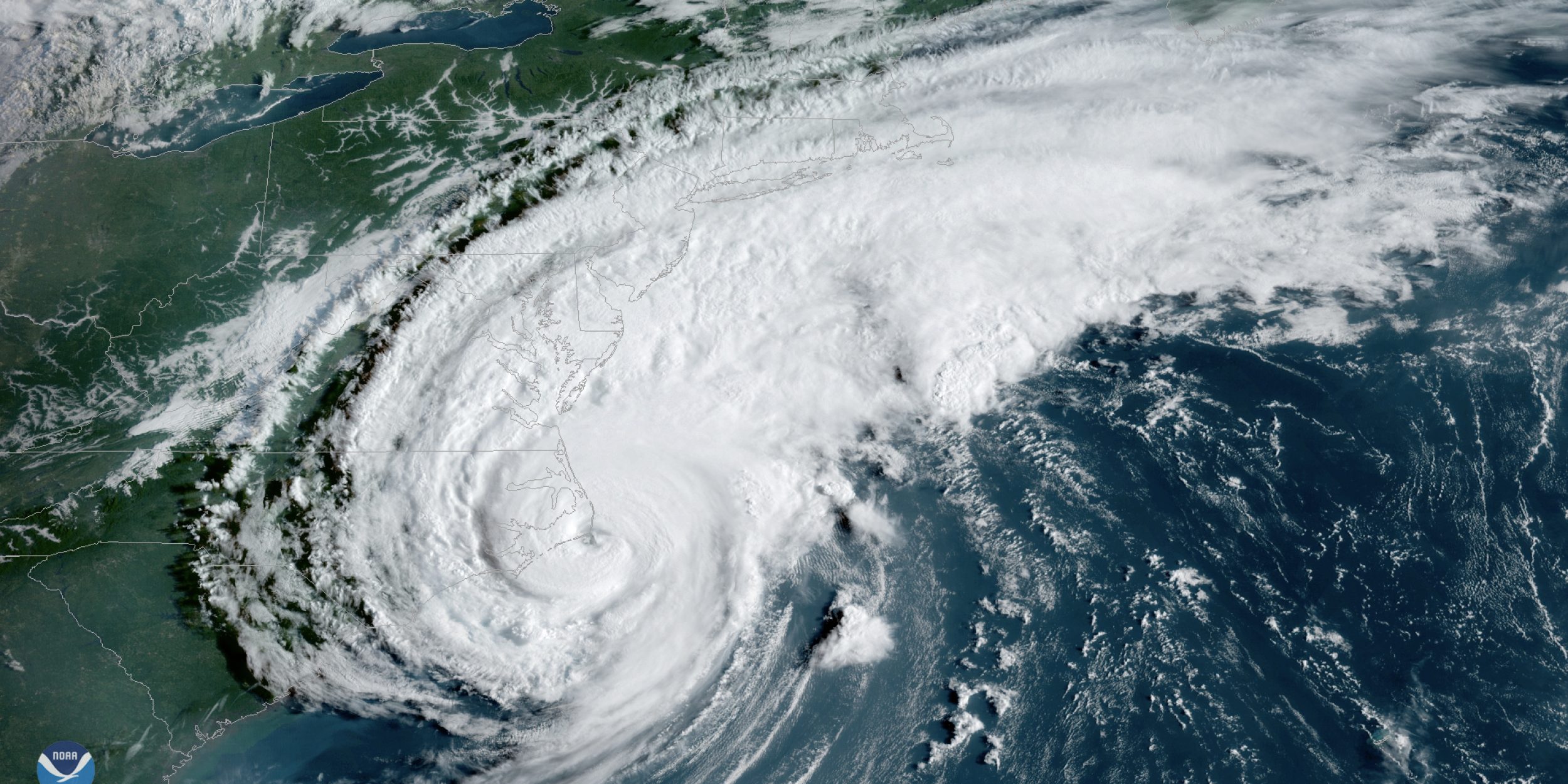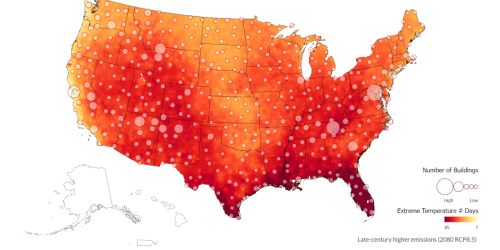A research team funded in part by the Climate Program Office’s Climate Observations and Monitoring Program has published a new paper describing salinity’s significance in the rapid intensification of Atlantic tropical cyclones, and the possibility of improving our models for rapid intensification by including salinity. The paper, published for early online release on April 6, 2020 in Bulletin of the American Meteorological Society, is titled “Pronounced impact of salinity on rapidly intensifying tropical cyclones.” It is authored by Karthik Balaguru at U.S. Department of Energy’s Pacific Northwest National Laboratory, Greg Foltz at NOAA’s Atlantic Oceanographic and Meteorological Laboratory, and others.
“Rapid intensification” denotes an increase of hurricane wind speed of at least 35 mph in 24 hours. Several recent Atlantic hurricanes have intensified at an alarming rate. Hurricane Michael, which struck the Florida Panhandle in 2018, strengthened from a Category 2 storm to almost a Category 5 in 24 hours. Hurricane Maria, which devastated Puerto Rico in 2017, strengthened from Category 1 to Category 5 in 24 hours. Hurricane Dorian, which made landfall on the Bahamas with 185 mph sustained winds, strengthened from 150 mph to 185 mph in only nine hours. The magnitude of rapid intensification in the central and eastern Atlantic has been increasing over the past 30 years.
Prediction of rapid intensification is very difficult for forecasters, especially in the Atlantic, and more and more scientists are studying the phenomenon to make improvements. Scientists know that wind shear and upper-ocean heat content are key factors governing the strength of a hurricane. From year to year, ENSO influences hurricanes, too, by impacting wind shear. El Niño tends to cause higher wind shear, lessening hurricane activity.
This new study focuses on salinity as a possible factor influencing rapid intensification. The paper finds an inverse relationship between ocean salinity and hurricane rapid intensification in the eastern Caribbean and the western tropical Atlantic. Researchers focused on the effect of the freshwater produced by the plume from the Amazon-Orinoco river basin—the primary source of freshwater in the Atlantic hurricane development region.
The study concludes that inclusion of salinity in operational models holds promise for improving prediction skill of rapid intensification. Surface ocean salinity could be measured via satellite for this purpose. Currently, operational models—the type used to make official hurricane forecasts—do not use salinity as a predictor.










